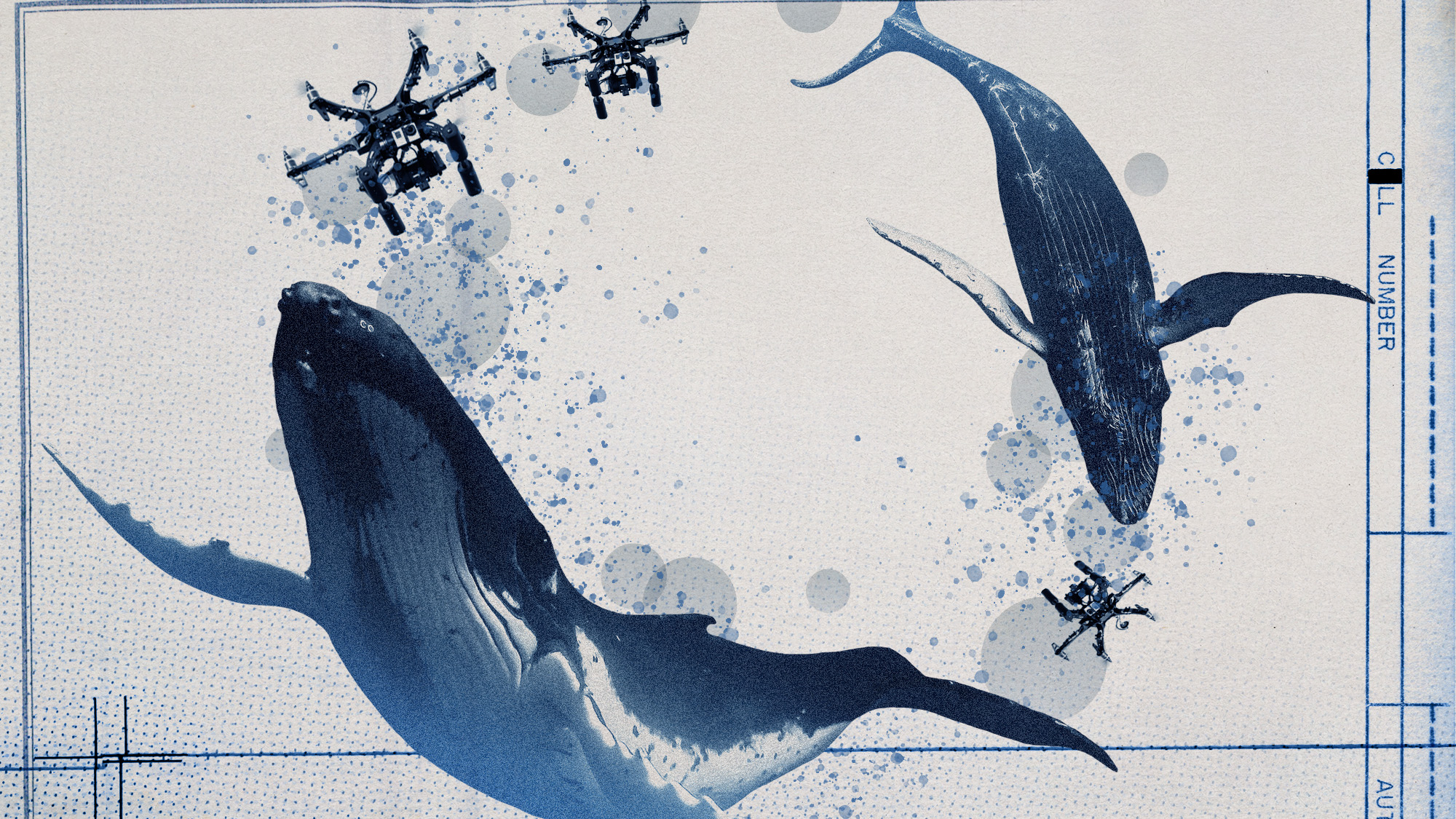The kick of rejection
Chapter six of my Paris project

One cool spring morning, I met my friend Ana at the St. Lazare train station in Paris. We boarded a commuter train to Suresnes, a suburb southwest of the city on Mount Valerien.
Exiting the Suresnes station, we walked up ribbons of sidewalk. Along the way, we passed the American cemetery and great panoramic views of city to our east. Finally, we came to a sprawling park where Ana left me and ran off to the stables so she could spend an hour astride a horse, trotting round and round and round a covered, oval-shaped enclosure.
While she rode, I wandered. I walked over the rolling lawns and crisscrossed wooded pathways of the park, until I found a bench next to a wisteria bush. I buried my nose in the blooms and breathed in deeply. Paris in the springtime is just as they promised. It is breathtaking.
The Week
Escape your echo chamber. Get the facts behind the news, plus analysis from multiple perspectives.

Sign up for The Week's Free Newsletters
From our morning news briefing to a weekly Good News Newsletter, get the best of The Week delivered directly to your inbox.
From our morning news briefing to a weekly Good News Newsletter, get the best of The Week delivered directly to your inbox.
After a half hour, the last of the morning's chill had burnt off. It was warm and quiet outside the city. Below me, all Paris was drenched in sunlight and stretched out at my feet.
Since arriving in Paris three months ago, I have put my head down and, day in and day out, I have worked. I have worked harder than I have ever worked in my life. Over the course of these months, I have condensed two years' of research and reporting, writing and revision, pain and pleasure into something like a narrative — a memoir of sorts that is part investigation and part family history. This is my first attempt at book writing and my first attempt at being A Writer. These are the projects I ran off to Paris to complete.
Now I have compiled the strongest of this work and tomorrow I will send it away, by email, to arrive at the inbox of a New York City stranger. And this man will sit in judgment of my work. Coldly or kindly, he may reject it. Indeed, this may be the first in a long series of rejections, because for a writer rejection is as certain as death. For those who reach and push and strive and aspire to achieve something big, it is the only thing to be certain of. It is the most predictable thing in the world.
This is the job. I must be mad to want it so badly.
A free daily email with the biggest news stories of the day – and the best features from TheWeek.com
Gertrude Stein, the great modernist writer, may have been the grand gatekeeper for the Parisian bohemian set, but her own work received consistent critical and popular rejection and derision. Still, Stein toiled at her craft. And Paris was, in her opinion, the only place to do so.
"Paris," she wrote in 1940, "was the place that suited those of us that were to create the twentieth century art and literature." The city, she claimed, was "the natural background" for 20th century creativity. This was, in part, due to the pragmatism of the French, who "naturally saw things as they were, and accepted life as it is, and mixed things up without any reason at the same time."
In Stein's opinion, Americans had to come to Paris to paint pictures and write, because they couldn't do anything like that back home. Americans "could be dentists at home" but not artists. So Americans needed Paris "where tradition was so firm they could look modern without being different, and where [Parisians'] acceptance of reality is so great that they could let any one have the emotion of unreality."
Stein herself was "a bold experimenter and self-proclaimed genius." The Poetry Foundation describes her style as the rejection of "linear, time-oriented writing" in an attempt to create a "specifically twentieth century literature."
She had been living in Paris for three years before she began to write the novel, Making of the Americans: Being a History of a Family's Progress. Over two years, Stein chipped away at the beast, until she was left with a 900-page novel that didn't have action or dialogue. She wrote the whole thing in a style she called the "continuous present," the literary equivalent to watching a film by meditating, frame-by-frame, on the stills.
It was an affectation, sure, but it had purpose. "I believe in the reality as Cezanne or Caliban believe in it," Stein wrote. "I believe in repetition. Yes. Always and always write the hymn of repetition."
Even Stein, one of the great self-sustaining experimental writers of the period, wasn't content to toil in private. She wanted her work out in the big, broad world, though she knew that most people would hate her creation. Indeed, they might laugh at her and, worst of all, they may not even finish the thing.
In a spectacular letter, all these worst-case scenarios came true for Stein when publisher Arthur C. Fifield rejected her manuscript. Fifield wrote,
Dear Madam,I am only one, only one, only one. Only one being, one at the same time. Not two, not three, only one. Only one life to live, only sixty minutes in one hour. Only one pair of eyes. Only one brain. Only one being. Being only one, having only one pair of eyes, having only one time, having only one life, I cannot read your [manuscript] three or four times. Not even one time. Only one look, only one look is enough. Hardly one copy would sell here. Hardly one. Hardly one.Many thanks. I am returning the M.S. by registered post. Only one M.S. by one post.
The novel was finally published in 1925 — 17 years after its completion.
So you want to know how it feels when I ride? Ana asked.
It was after sunset and I was stretched out on the right bank of the Seine. Ana was sitting cross-legged a little distance away. Between us was an empty bottle of sparkling wine, two half-finished beers, and the remnants of our supper — freshly baked pretzels, soft herbed cheese, and raspberries. Except for a handful of kids dancing by the uneven stairs leading up to the street, we had a sliver of river to ourselves.
As we talked of fear and horses, I batted lazily at the dandelion seeds floating in the air. Ana bent her head to light a cigarette, her face hidden for a moment behind the falling strands of her newly bobbed hair. Behind her, the lights that lined the underside of Pont Neuf flickered on, one by one.
Yes, I replied. Well, sort of. I want to know why you like being scared.
Ana exhaled.
Riding, she said, feels different every time I go out. It depends on my mood or what has happened that week. And if I haven't been riding for a long time, it always feels like that day I might fall off or the horse won't obey me. I'm afraid it might hurt me, that it will reject me. It would feel like rejection.
I am scared of falling off the horse, but, she continued, I think I am more afraid I won't climb back on. And I have to ride, because it is a part of who I am.
I love to ride, she said, because it scares me and then it reminds me to be brave.
Read Neda Semnani's entire Paris project here:
* The quiet thrill of writing as a foreigner in Paris
* How to not write about love in Paris
* Between the bookstore and the gun: Life in a rattled Paris
* Dark days in the city of light
* The kick of rejection
* Adieu, Paris
Neda Semnani is a freelance writer at work on her first book. She is the former Heard on the Hill columnist and the arts and culture reporter for CQ Roll Call. Her work has also appeared in the Washington City Paper, BuzzFeed, CityStream, and more.
-
 How drones have detected a deadly threat to Arctic whales
How drones have detected a deadly threat to Arctic whalesUnder the radar Monitoring the sea in the air
-
 A running list of the US government figures Donald Trump has pardoned
A running list of the US government figures Donald Trump has pardonedin depth Clearing the slate for his favorite elected officials
-
 Ski town strikers fight rising cost of living
Ski town strikers fight rising cost of livingThe Explainer Telluride is the latest ski resort experiencing an instructor strike